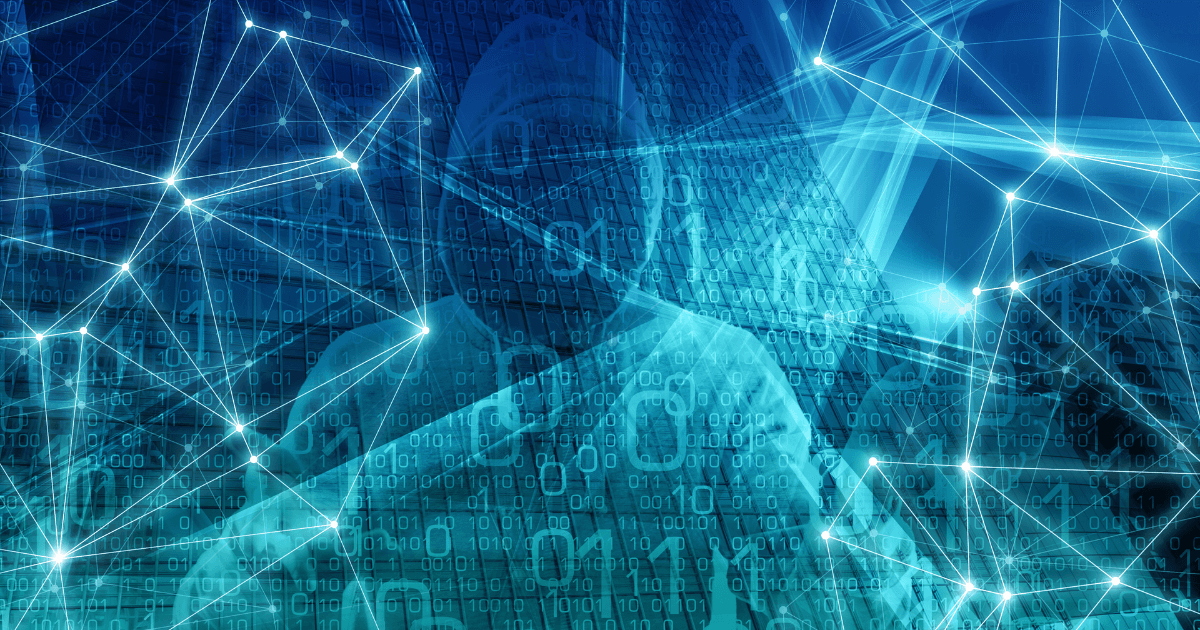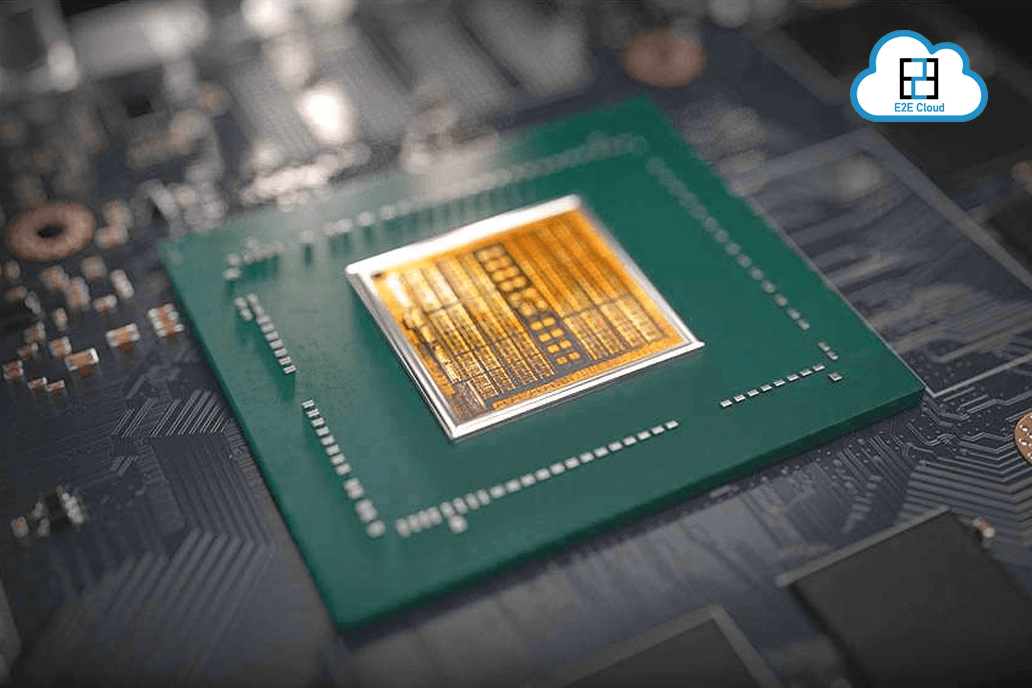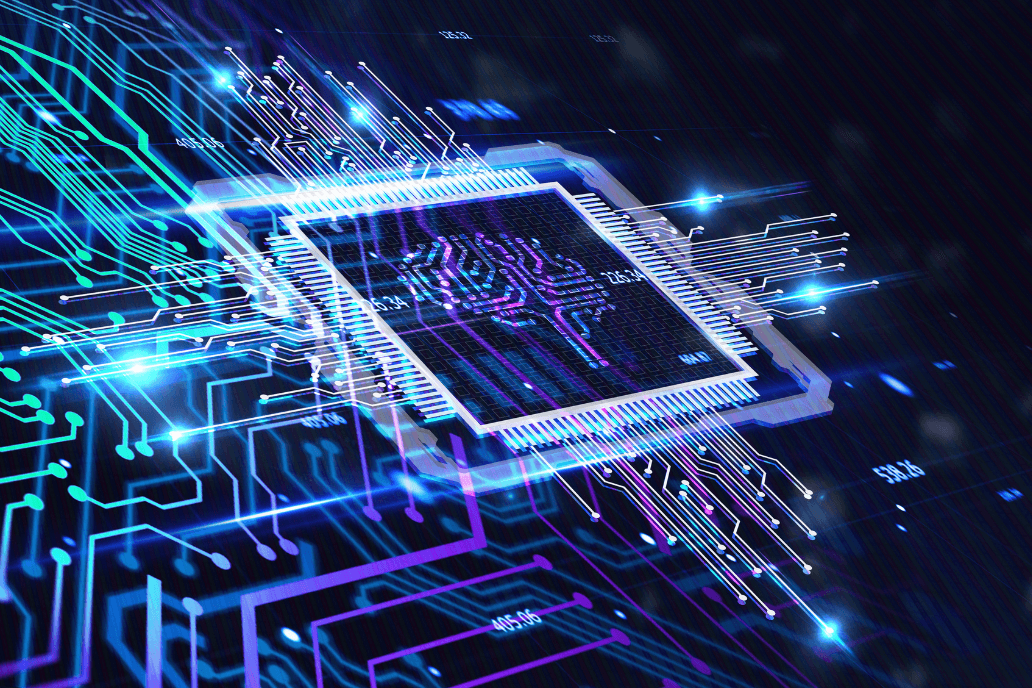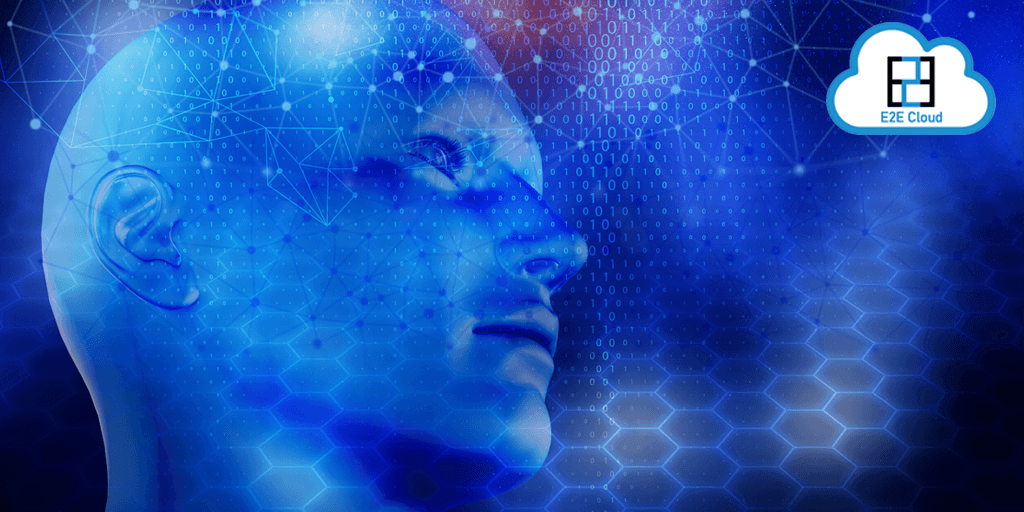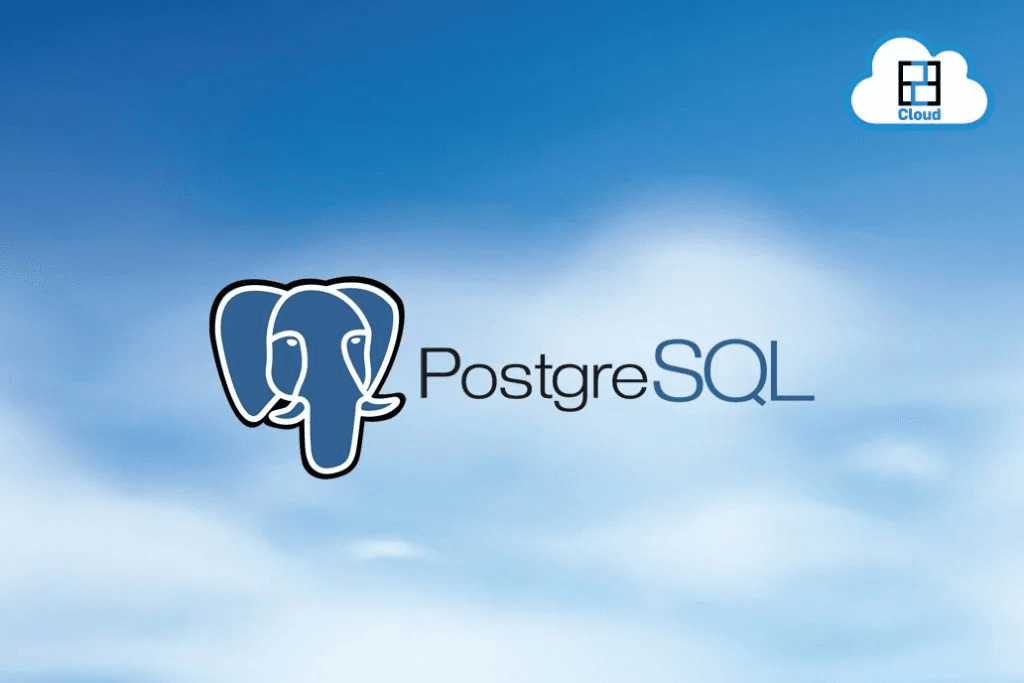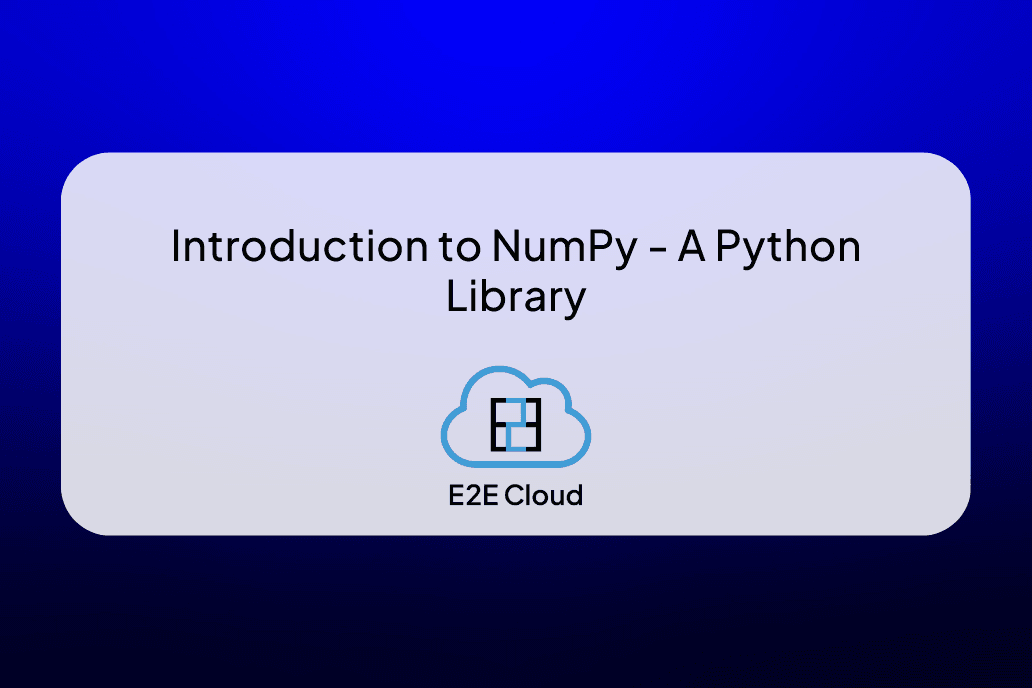Lately, deep neural network and cloud computing-based intelligent technology are growing at a fast phase in the business. The collaboration of neural network and cloud computing with technologies begins as a key component to research and technology developments. Reflecting these trends, many cloud services are enabling GPU powered cloud services for optimal and faster operations. E2E network public cloud provider always aims at developing and delivering cost-effective cloud solutions for business. With a wide advantage of GPU cloud computing, E2E introduced its GPU powered cloud service in collaboration with NVIDIA. Now, with the use of researchers, data scientists and engineers will focus on their next AI breakthrough and on its core functionality rather than worrying about time and memory.
For tasks such as exploit recognition, machine learning requires rich features for accurate implication. High-resolution images and large volumes of data prove to be challenging factors in terms of storage and computation. Hence, there is a need for GPU powered clouds for faster and optimal results.
NVIDIA GPU Cloud (NGC) is a GPU-powered public cloud platform developed to perform deep learning and scientific computing. It entails a wide-ranging catalogue of GPU-accelerated software required for machine learning, deep learning, and HPC. NGC containers provide a powerful and easy platform to deploy software effectively, to get better and faster results. It provides users to focus on gathering faster insights, build lean models and produce optimal solutions.
Benefits of NVIDIA GPU Cloud (NGC)
NGC catalogue- Many organizations are now launching their AI journey, starting from a great business idea to a usable application. Here, selecting the right software, tools, and platform will be challenging if your team is new to the world of AI. But, in this competitive world slow is never the answer. Hence companies’ need a faster way to bring all the components together with the NGC catalogue.
NGC Collections provide the platform to build cutting edge AI software in one place and make the most use of GPU power. These NGC containers effectively utilize NVIDIA GPUs cloud. Each of this software’s work well with E2E cloud server solutions with NVIDIA GPUs.
NVIDIA NGC provides pre-trained models that aid data scientists build data models faster and provide customized SDKs that streamline developing and enable end-to-end AI solutions.
Ready to run software from the NGC catalogue is available to run on edge and multi-cloud environments. NGC catalogue software can easily be deployed on bare-metal servers, Kubernetes, maximizing the GPU usage, and used for software scalability.
Transport Layer Security (TLS), Internet Protocol Security (IPsec) and in-line cryptography provides a platform to secure both customers and AI data. Trusted security base data and other security features are pre-enabled, providing security from the Bot of the cloud system.
Optimized Frameworks for Deep learning with NVIDIA GPU Cloud (NGC)
To provide compression in Docker images, and to leverage GPUs, NVIDIA developed NVIDIA Docker; it is an open-source project that aids command-line tools to mount data on to the docker driver launch. NV-docker is essentially a packaging around Docker that noticeably necessitates a container with the required components to execute code on the GPU.
A Docker container contains a bundle containing configuration files, Linux libraries and environment variables creating the execution environment to be always the same, in whichever Linux system is executed.
Here, frameworks are created to make deep learning tools which can be accessed easily and efficiently. Some of the well-known available Deep Learning Stack Containers are,
MXNET: MXNet performs as a dynamic dependency scheduler that repeatedly parallelizes both symbolic and imperative operations. There is a graph optimization layer above the scheduler, making the symbolic execution memory efficient and faster. MXNet is categorized as a lightweight, portable and scalable to multiple GPUs on many machines. The latest release of this software optimizes the deep learning software at a large scale; it is important in AI to optimize the batch size of the data which can be activated.
Many of the framework customizations, such as BatchNorm-ReLU and BatchNorm-Add-ReLU, will reduce the detour of the GPU. Improving the performance by completing simple operations essentially for free, without round time delays in the same kernel.
TensorFlow: TensorFlow is one of the open-source software libraries used for numerical computation by means of data flow graphs. Here, nodes are represented by means of mathematical operations and graph edges, represented by multidimensional data arrays (tensor). This scalable architecture allows deployment on multiple systems, servers, or mobile devices with a single code. Latest version available is Tensorflow 1.12 containing the XLA compiler. XLA delivers substantial speedups by combining multiple processes into a single GPU kernel, eliminating multiple transfers, intensely improving performance.
NVCAFFE, CAFFE2, Microsoft cognitive toolkit and many more.
Conclusion
NVIDIA GPU Cloud structures a wide-ranging catalogue of integrated and optimized deep learning software. NVIDIA leverages its many researched and developed AI tools to provide ready to run high performing and engineered NGC container registries, which enables everyone with AI software. E2E cloud platform enabled with the NVIDIA GPU delivers not only 100% uptime but power to run your next AI project with best-integrated tools and containers modules, leveraging your project at the best price.
Sign-up for a free trial here
Works Cited
https://www.nvidia.com/en-in/gpu-cloud/
https://link.springer.com/chapter/10.1007/978-981-13-5907-1_9
https://ngc.nvidia.com/catalog/collections
Using NVIDIA GPU Cloud with E2E Cloud
April 2, 2025
Table of Contents
Latest Blogs


